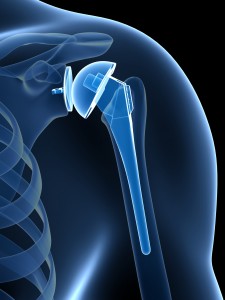The bones in your body are wonderful, strong and even somewhat flexible. When an outside pressure is applied, they can often bend to resist the force. However, when a bone is pushed or pressed too far, they will either snap or break. This can either be a slight crack, a break, or a complete shattering of the bone.
This occurrence, known as a fracture, can happen in a variety of ways (such as crosswise or lengthwise) and can be caused by multiple actions (such as slipping and falling or a car crash). However, all fractures need to be treated in order to heal properly.
Fractures can be treated in two ways. The first way is non-surgical, which often requires a setting of the bone and then immobilization through a sling or a cast. However, in some cases the fracture is too severe and requires surgical care in order to be fixed correctly.
There are two main types of fracture repair surgeries: internal and external. Both of these are used to give the bone the extra help it needs to stay aligned during the healing process. In an internal fracture surgery, an orthopaedic surgeon attaches special screws or a metal plate directly to the outer surface of the bone. In some cases, the doctor will also insert a metal rod to help keep the bone straight. These screws, pins and/or rods keep the bone aligned while it heals so that the bone does not heal incorrectly or in a crooked fashion.
In the case of an internal fracture repair, the doctor will usually encase the fractured limb in a cast or sling in order to protect the bone during the healing process.
The other fracture repair surgery possibility is an external one. An exterior repair is usually needed when the tissue or skin surrounding the fracture is damaged to the point that internal surgeries are not supported. In this case the screws or pins are still applied directly to the bone (usually above and below the fracture), but they are connected to a metal rod that is located on the exterior of the body. In many cases an exterior repair is kept in place until the body can safely handle an interior repair. However, in all cases, the exterior rod is only attached to the body during the healing process. Once the limb is repaired, it is removed by the surgeon.
A fracture repair surgery can be the key in correctly aligning and healing many fractured bones. If you have fractured a bone, your orthopedic surgeon will be able to tell if a fracture repair surgery is necessary and which type is right for you.

